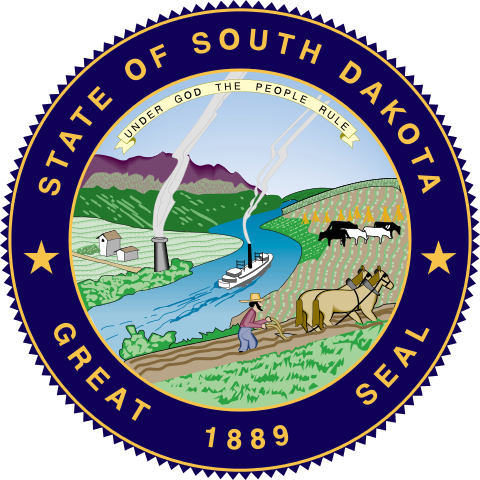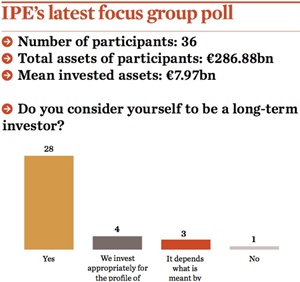If another market downturn comes, officials at the South Dakota Retirement System want to be ready. That’s why they spent their last meeting talking about what they could do to mitigate damage if another downturn comes and plagues fund investments.
Among the options discussed: lower the fund’s assumed rate of return and raising the retirement age of new hires.
More from the Rapid City Journal:
The system trustees began talks at their quarterly meeting last week about what might be done if the system’s portfolio drops below 100 percent of fair value.
They are looking at possible responses in different scenarios, such as another crash where the value keeps dropping to the 80 percent range or worse.
The fair value stood at 107 percent of long-term liabilities as of the June 30 end of the 2014 fiscal year.
Among the questions now are whether the assumed rate of return for investments is too high at 7.25 percent annually and if so what should it be.
State investment officer Matt Clark said the council already is operating on an assumed rate of return that is less than the trustees’ assumption of 7.25 percent, because of the current conditions in the markets.
[…]
Trustees intend to take closer looks at various special benefits that aren’t available to all members because of their ages and marital status.
Trustees want costs and usage numbers for each of the special benefits.
Based on estimates using 2011-era use patterns, the special benefits are being subsidized by other members to the equivalent of about $1.6 billion in long-term liabilities.
That is approximately one sixth of the system’s current fair value.
Trustee Jason Dilges, who is the governor’s commissioner of finance and management, asked for analysis showing what would happen if various special benefits didn’t apply to new employees.
Administrator Rob Wylie emphasized during the several hours of discussions Thursday that nothing is close to a decision.
He said a fifth meeting might become necessary in 2015 because of the additional work, however.
One general consideration might be recommending that a higher retirement age of 67 be applied to new employees of the governments that are SDRS members.
State government and state universities are the largest members of the system. Many school districts, counties, cities, law enforcement agencies and special units of government participate as well.
State law requires corrective actions when the system’s value falls below 80 percent. The most recent corrective actions came in 2010.
One was the flexible cost of living adjustment that ranges from a minimum of 2.1 percent to a maximum of 3.1 percent depending on the system’s funded status each year.
The South Dakota Retirement System controls $10.6 billion in pension assets.
Photo credit: “SouthDakota-StateSeal” by U.S. Government. Licensed under Public domain via Wikimedia Commons

